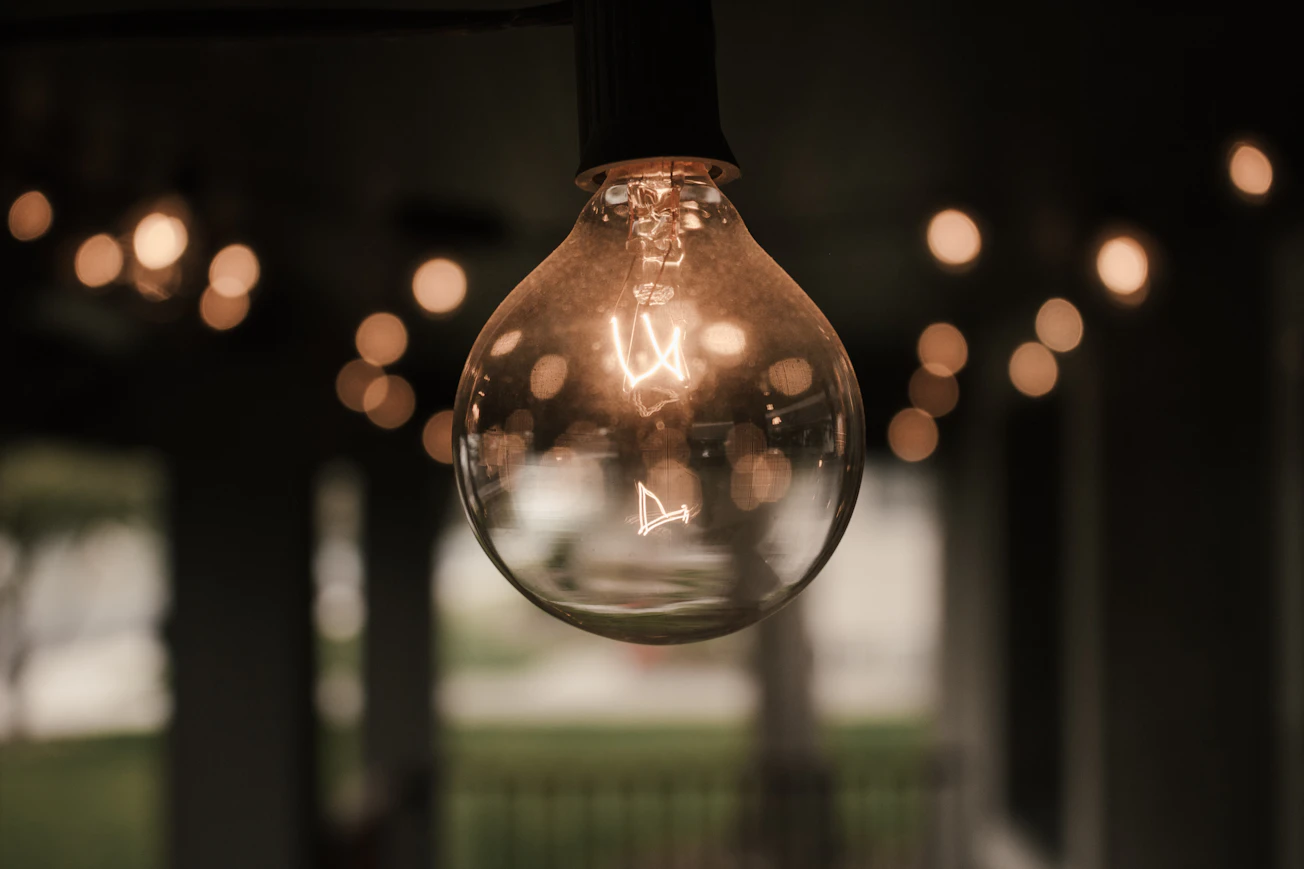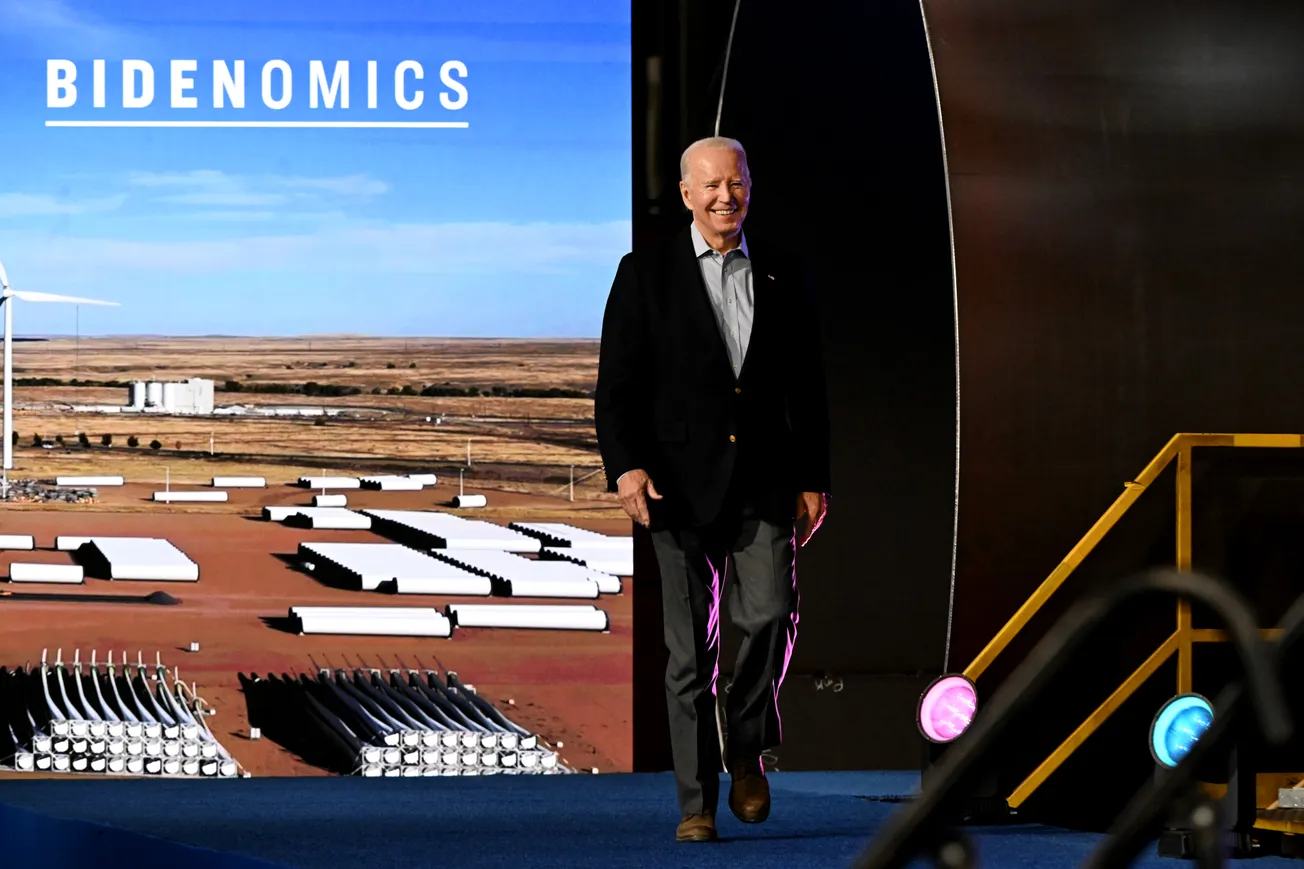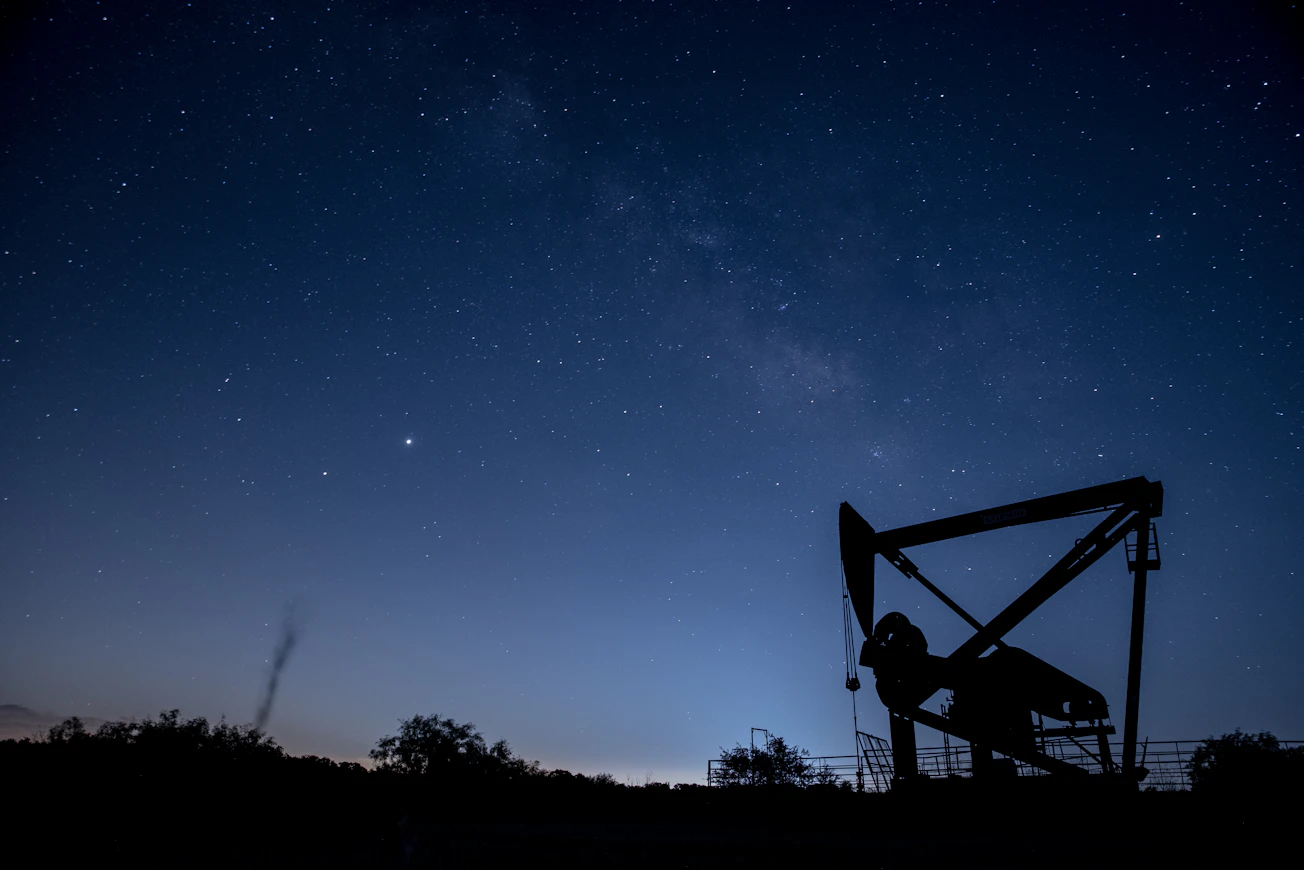By Joshua Schubert for the Mises Institute | May 5, 2023
The US Department of Energy has recently announced two new rules banning the manufacture of incandescent light bulbs starting in July, 2023, and phasing in standards across industries over the following months. The Biden administration claims that this ban is a cost-saving measure that will “save consumers about $3 billion annually when fully implemented.” However, the net impact of this policy is unclear since the substitution of incandescents for LED lights comes with notable negative effects such as impaired sleep and consequently impaired productivity.
As the great economic columnist of the twentieth century Henry Hazlitt wrote, we must not look merely at the direct effects but also the indirect effects of a given policy change or individual choice.
It is worth mentioning that in 2020 about 70 percent of the general service lamp (GSL) market was LEDs while 30 percent was incandescents and halogens, and greater than two-thirds of that 30 percent share was incandescents. As the market share of LED bulbs has gone up yearly, the market volume has decreased, presumably due in large part to a lower need for replacement bulbs given LEDs’ longer-lasting nature.
However, LEDs and fluorescents emit much higher levels of blue light which inhibits the production of the sleep hormone melatonin, which is important in the morning and midday, but melatonin should not be inhibited in the evening or at night. As LED lights have gained in use over the past ten years, American sleep health has continued to decline: short sleep duration in working American adults has increased from 30.9 percent of the population in 2010 to 35.6 percent of the population by 2018.
Of course, changes in household and city lighting are merely one of many factors. Other factors include screen use as well as glyphosate-laced foods that reduce the amino acid glycine, which is associated with sleep quality. The increase in blue light exposure to eyes and the consequent decline in sleep health has driven an expanding market for sleep aids, a $30 billion North American market in 2022. This amount is only set to increase unless current sleep trends change with an estimated compound annual growth rate of 6.5 percent.
Another rationale for the ban on incandescent light bulbs is that it will “cut carbon emissions by 222 million metric tons over the next thirty years.” While the carbon impact is largely outside the scope of my article, it is worth mentioning that the use of LEDs is not without environmental impact, specifically the use of metals such as lead and arsenic.
Additionally, the increase in blue light affects nonhuman organisms such as bats and moths and may be a contributing factor in the declining insect population. Light pollution dominates city skylines with blue light increasing by two percent per year from 2013 to 2016. Aesthetic values must also be considered given that many Americans can no longer see the rich and beautiful night sky in its former glory.
I personally use smart LED lights to simulate to some extent the light profiles of the sun at different times of the day in my apartment. However, in my research, I learned that my LED lights create naturally appearing colors by separately increasing the levels of red, green, and blue light at specific wavelengths. An LED orange is not the full-spectrum orange of an incandescent light, but at least blue and green wavelengths can be limited in evenings and at night with such options.
If we grant for the sake of argument that the state has a place in deciding the options available to light bulb consumers, a serious technocratic case could be made to ban LED light bulbs in favor of eye-friendly bulbs. The technocrats in Washington evidently are not good technocrats if they only look at the dollar/lumen/time aspect of lighting and not the whole distribution of wavelengths of different lighting options and their effects on human and ecological health. Ultimately, it is the right of the consumer, not the regime, to determine what lighting sources work best for them.
Joshua Schubert is currently an economics student at Grove City College. He is also a cofounder of the libertarian space, Liberty at Large, where he writes about Austrian economics and liberty.
Original article link









